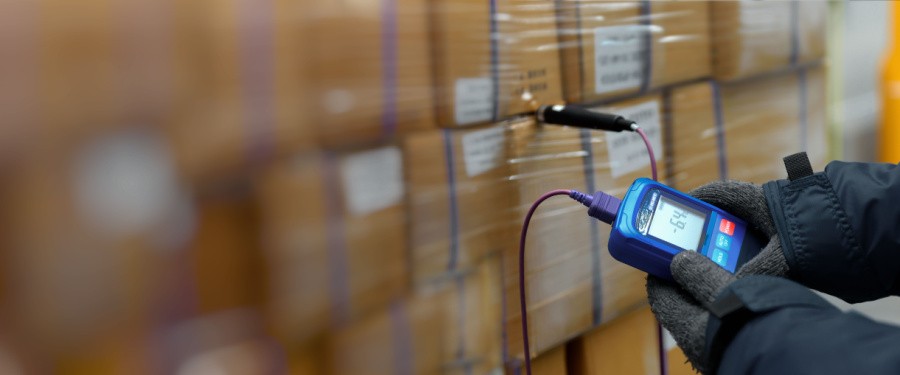Preventing Temperature Excursions in Life Science Shipments
December 7, 2023
Ensuring the Integrity of Your Life Science Shipments
Written By: Narek Hakobyan
Temperature excursion during the shipment of life science materials like biological specimens is any deviation from the required temperature range, which can compromise their integrity, lead to degradation or loss of functionality, and render them unusable for research.
Temperature excursions, or deviations from the ideal temperature range, can arise from several factors, including inadequate packaging, characterized by poor thermal insulation or a lack of sufficient refrigerants such as dry ice. Additionally, logistical challenges such as transportation delays due to weather can exacerbate these issues. Human errors also play a significant role; these include mishandling by staff, misunderstandings about storage requirements, or incorrect settings on cooling equipment.
Here Are Some Practical Things to Think About:
1. Use Validated Thermal Shippers
Always select and use high-quality, insulated packaging like polyurethane or vacuum-insulated panels. There are many great options on the market today
2. Implement Real-Time Temperature Monitoring
Always use real-time temperature monitoring devices. This allows for immediate detection of deviations and helps in maintaining accurate temperature logs for compliance purposes. There are several temperature monitoring devices on the market today that make this process easy for everyone.
3. Train Your Staff
Make sure all personnel involved in handling and transportation are well-trained in best practices, including the use of packaging and monitoring equipment. You should continue to update your internal processes and the equipment you use.
4. Have a Backup Plan
Have a plan in place for unforeseen events, such as weather or customs delays, or equipment failures. This includes having backup storage facilities and alternative transportation options available.
5. Customs Paperwork
Make sure all required customs forms have been completed as regulations can vary depending on the country you are shipping to.
6. Partner with a Trusted Cold Chain Logistics Company
Choose a trusted logistics partner with in-depth expertise in cold chain logistics that can also offer dry ice replenishment services, cold chain supplies and check all the customs paperwork.
Conclusion
In summary, implementing these strategies will help minimize the risk of temperature excursions, ensuring the safe and effective delivery of sensitive life science shipments.
Additional Resources:
